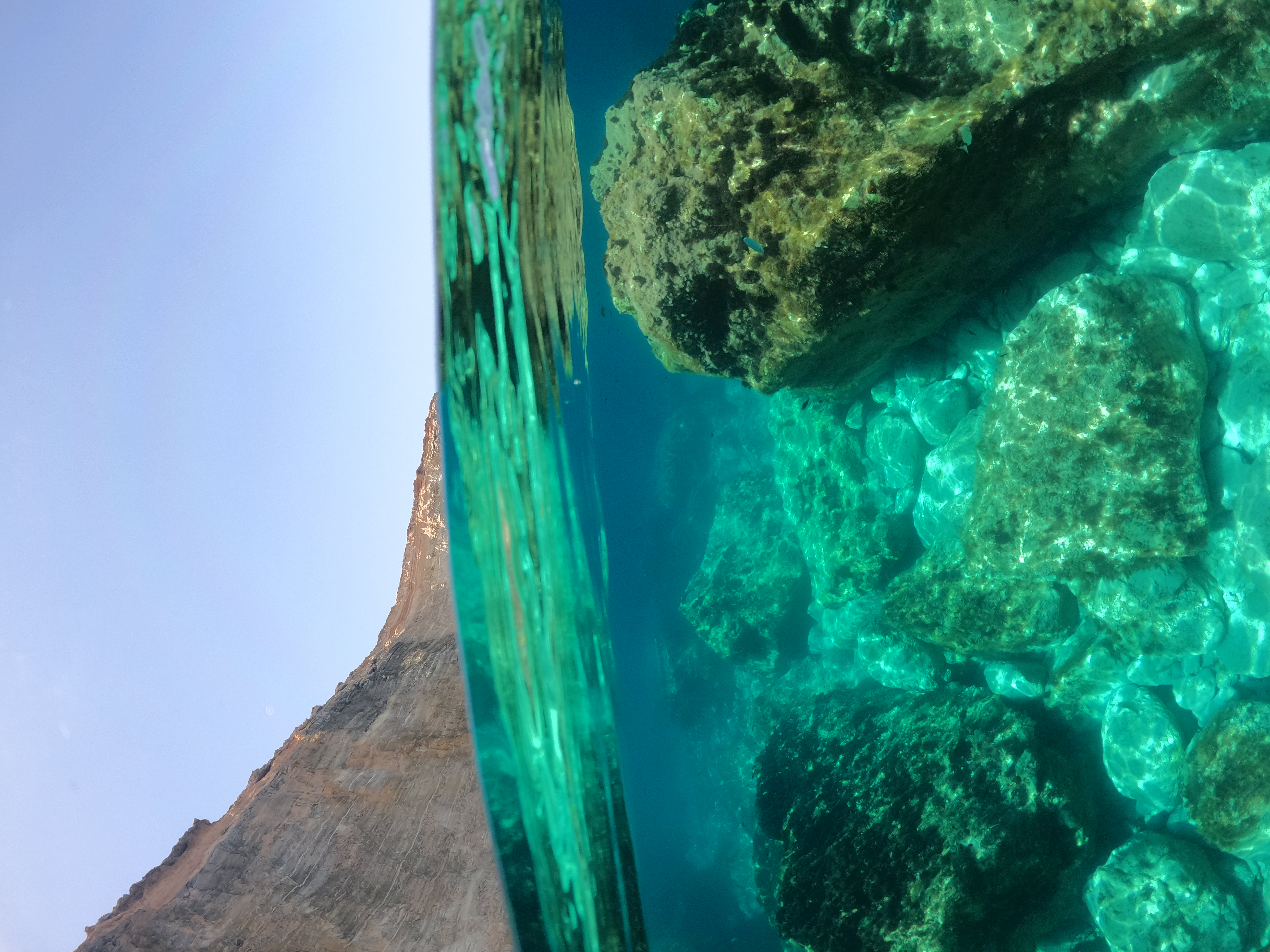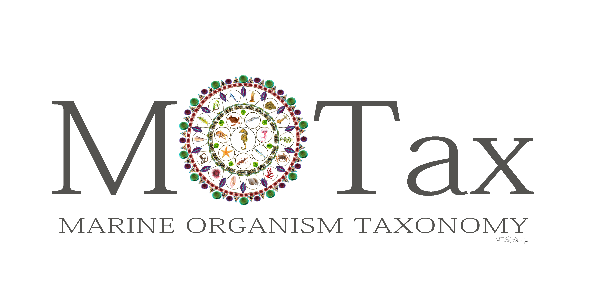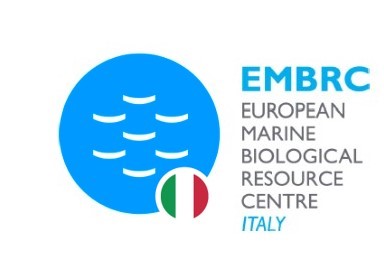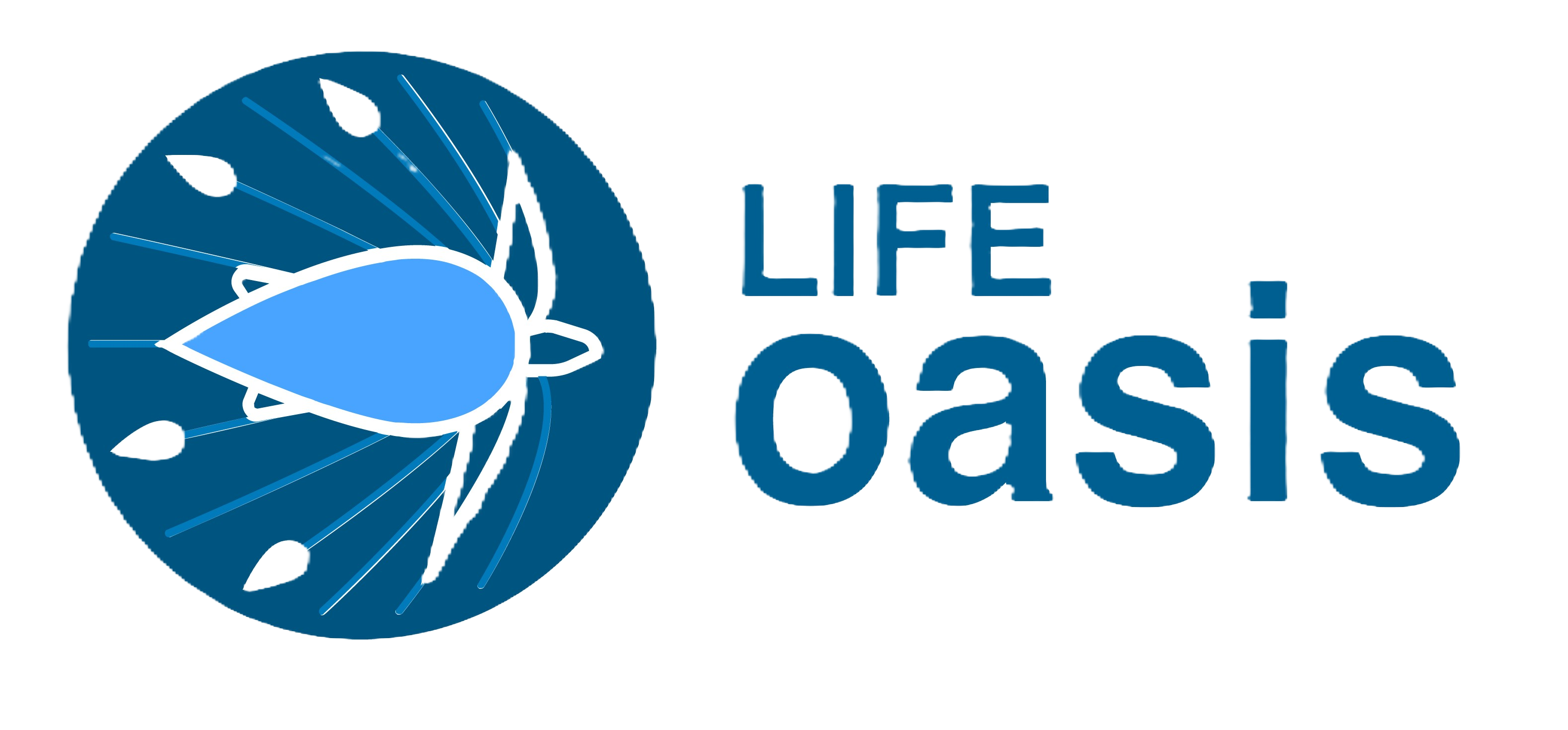

The LIFE OASIS project, funded by the LIFE Programme, addresses the challenges of marine litter and abandoned, lost, or discarded fishing gear (ALDFG) in the Mediterranean. A threat that jeopardizes the recovery of species like the loggerhead turtle (Caretta caretta). From 2024 to 2029, the project will engage a variety of stakeholders in the development of innovative, sustainable solutions to protect marine biodiversity and promote responsible fishing practices.
LIFE OASIS emphasizes collaboration with artisanal fishers, navigators, and patrol boats, recognizing them as custodians of the sea in activities like sea turtle rescue, reporting and recovering ALDFG.
LIFE OASIS uses the artisanal Mediterranean anchored FAD (Fish Aggregating Device) fisheries of Malta, Italy and Spain as a laboratory to create replicable solutions for improving ocean conservation and fostering sustainable fisheries throughout the Mediterranean and other regions.

Partner role
Place information about your role in the project here.
LIFE OASIS Consortium
ALNITAK, CSIC ICM, CSIC IMEDEA, University of Valencia, SATLINK, CEPESCA, University of Pisa, Stazione Zoologica Anton Dohrn, Filicudi Wildlife Conservation, Nature Trust Malta.
(Recomendation: include logos, find the logos in the folder)
More information
• Visit the website: https://lifeoasis.eu/
• Contact This email address is being protected from spambots. You need JavaScript enabled to view it.
• Follow on social media:
Place the icons here
o Facebook: https://www.facebook.com/lifeoasis.eu/
o Instagram: https://www.instagram.com/lifeoasis.eu
Partner List
- Stazione Zoologica Anton Dohrn
- Alnitak
- Cepesca (Confederaciòn Espanola De Pesca)
- Satlink
- Institut de Ciències del Mar
- Imedea
- Filicudi Wildlife Conservation
- Nature Trust Malta
- Università di Pisa
- Universitat de Valentia
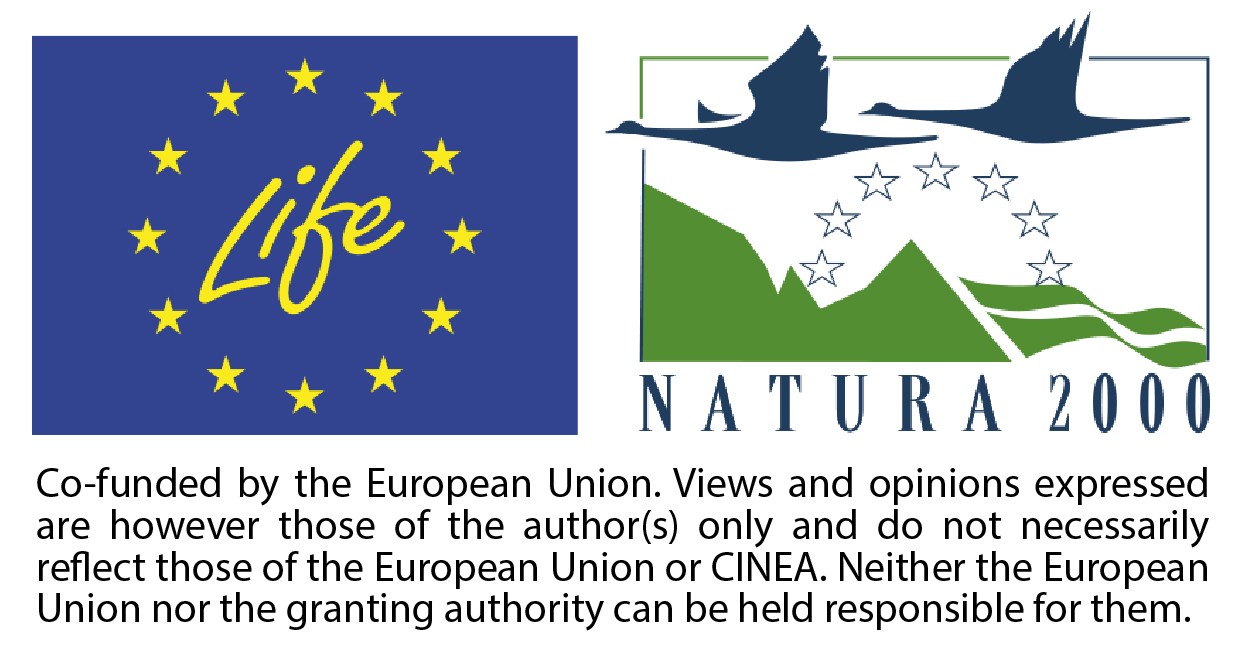 |

The Paolo Brancaccio Scholarship is an initiative promoted by the Lions Club Napoli Megaride, the Stazione Zoologica Anton Dohrn, the Brancaccio family and - from the 2022 edition - by the SFC (Sistemi Formativi Confindustria) company of Rome.
The scholarship was established to keep alive the memory of Paolo Brancaccio, who died prematurely in 1995 following a diving accident.
The first edition was held in June 1996, with the only suspensions in 1998 for the death of Prof. Nino Salvatore and in 2020 and 2021 due to the health emergency linked to COVID.
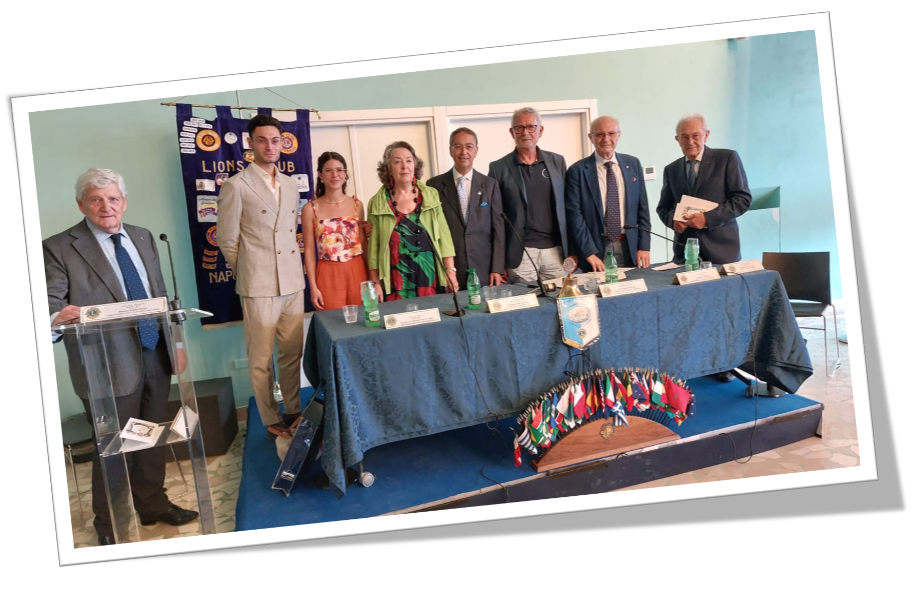
The Scholarship announcement requires that the winner carry out an internship of at least three months in a highly qualified foreign institute, to conduct research in the field of marine sciences.
Every year, an Organizing Committee defines the details of the call, evaluates the candidates' CVs and awards the prize during a public ceremony at the Stazione Zoologica. Starting in 2022, two young scholars are awarded.
Paolo Brancaccio, former President of the Leo group - Lions Club Napoli Megaride - in the year of its establishment, was a model student in the engineering faculty at the Federico II University of Naples. He had completed all 29 exams of the degree course with excellent grades and was ready to discuss his final thesis. After graduation, Paolo was supposed to participate in an internship abroad, organized with the support of Prof. Nino Salvatore, then President of the Stazione Zoologica.
“The Call for the Scholarship promotes young generations and requires that the winner complete an internship of at least three months at a prestigious foreign institute to conduct study activities in the field of marine sciences. In this sense, the initiative represents a unique opportunity that allows Paolo's dream to be carried forward, transforming his passion into a living and vibrant legacy for other lovers of the sea.”.”
DOWNLOAD here: Scholarship Brancaccio 2025
GreenList4MMPAs is a project funded by the Interreg Euro-MED programme, which aims to promote effective and equitable management of Marine Protected Areas (MPAs) in the Mediterranean Region.
The project brings together six partners from five different countries. It aims to adapt the IUCN Green List to the Mediterranean marine context to support the Mediterranean MPAs in achieving their environmental and socio-economic objectives. The Green List is a Global Standard of Good Practice for Protected Areas. Over 27 months and with a total budget of €600,000, the GreenList4MMPAs project will develop specific indicators and methods for assessing MPAs, providing a useful and actionable tool for MPA managers.

Project Partners:
Stazione Zoologica Anton Dohrn (Italy), International Union For Conservation Of Nature And Natural Resources (IUCN, Spain), WWF Adria Association for the nature protection and conservation of biological diversity (Croatia), University of the Aegean – Research Unit (Greece), IUCN French Committee (France), Côte Bleue Marine Park (France).

BENTACS - BENthos TAxonomy CourseS
TAXONOMY OF MOLLUSCS
Stazione Zoologica Anton Dohrn Naples
Italy, 09-13 June 2025
The Marine Organism Taxonomy (MOTax) core facility has launched a series of International Summer Schools (BENTACS - BENthos TAxonomy CourseS) focused on the taxonomy of the main groups of zoo-benthos from hard and soft-bottom communities in the Mediterranean Sea. The courses will target in particular researchers and technicians from scientific institutions and from national/regional environmental agencies interested in the study of benthos biodiversity and ecology. A combination of lectures and microscope sessions will provide participants with a general theoretical framework and practical experience.
The 3rd MOTax course will provide advanced training on the taxonomy and identification of molluscs. It will be held at the Stazione Zoologica Anton Dohrn in Naples on 09 – 13 June 2025. The course will be focused on selected families based on their ecological relevance, including species for which the taxonomic identification is particularly challenging.
Participants will be guided by expert taxonomists into the examination of preserved collections from different Mediterranean regions, as well as into the identification of their own samples. The course will offer an opportunity to discuss new challenges and perspectives into the fields of molluscs taxonomy and ecology.
Theoretical lessons
- ecological role of molluscs
- nomenclature, morphology, and glossary
- diagnostic characters of selected families/species living in the Mediterranean Sea
- molecular tools, species complexes, cryptic diversity, and phylogenies
- integrative taxonomy in the Mediterranean biota
Practical lessons
- microscope observation of selected families/species living in the Mediterranean Sea
Lecturers
Paolo Albano (Stazione Zoologica Anton Dohrn, Italy)
Fabio Crocetta (Stazione Zoologica Anton Dohrn, Italy)
Serge Gofas (University of Malaga, Spain and Muséum National d'Histoire Naturelle, Paris)
Maria Vittoria Modica (Stazione Zoologica Anton Dohrn, Italy)
Luigi Romani (Muséum National d'Histoire Naturelle, Paris)
Paolo Fasciglione ((Stazione Zoologica Anton Dohrn, Italy)
The course is open to 20 participants. Preference will be given to applicants with documented experience in taxonomy and identification of molluscs.
IMPORTANT INFORMATION
Applications: deadline 31 March
Participants will be notified by 15 April
Registration and payment are due by 30 April
Fee: 550 euro per person (coffee breaks, lunches, and social dinner included)
SCIENTIFIC COORDINATION: Fabio Crocetta e Paolo Fasciglione
ORGANIZERS: Sarah Ciancimino, Fabio Crocetta, Paolo Fasciglione, Rosanna Guglielmo e Diana Sarno
Info: This email address is being protected from spambots. You need JavaScript enabled to view it.
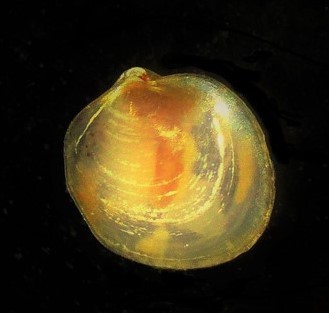
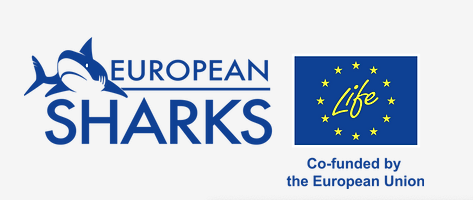
Summary
LIFE European Sharks will engage European citizens and marine stakeholders in a joint effort to safeguard Mediterranean sharks and rays, the most endangered group of marine species in Europe, threatened by unsustainable levels of accidental captures, pollution and habitat destruction. The long-term goal is to ensure the conservation and sustainable use of Mediterranean elasmobranchs, encouraging co-responsibility and promoting behavior change as a key factor in reversing their decline across the basin. As sharks and rays are often highly migratory and cross many national borders during their lifetimes, LIFE EU Sharks activities will touch Italy, France, Croatia, Spain and Slovenia, effectively involving the entire Central and Western Mediterranean in the conservation of these species. Here, it will strengthen the implementation of Union regulations and improve management, with an unprecedented capacity building that will reduce the mortality of protected species and increase the quality of data collection. It will co-design and experiment with professional fishermen's voluntary solutions to curb bycatch mortality, monitoring their socio-economic impact; inspire anglers to increase the survival of sharks and rays with catch&release and safer handling practices; divers will restore nursery areas and EU Sharks DiveSpots, reducing the risks of entanglement in marine litter and lost fishing gear. Outreach will increase public understanding of the essential role of these charismatic species in the health of Mediterranean ecosystems, shifting the perception of sharks from "dangerous" to "endangered". Chefs and food bloggers will encourage the consumption of local and more sustainable seafood products. A white paper will include the project's co-created, evidence-based and locally-tested solutions and key policy recommendations. It will be shared across the Mediterranean Sea to assist authorities, policymakers and communities in implementing shark conservation measures.
LIFE EU Sharks promotes the conservation of protected species and encourages responsible and sustainable interactions with sharks and rays by:
● Training fisheries officers and fishers to reduce mortality of protected species, promoting compliance with EU regulations and improving the quality of data collection.
● Testing with fishers voluntary actions to reduce shark and ray bycatch mortality, with an assessment of the socio-economic impact of these solutions.
● Promoting shark and ray catch&release among recreational fishers, and better handling techniques to increase post-release survival.
● Reducing the risk of entanglement in lost fishing gear with the cooperation of divers.
● Tapping into the knowledge of sea users to map important areas for breeding, feeding and migration of shark and rays, and stimulate authorities, policy makers and communities implement conservation measures.
● Increasing public understanding of the essential role that sharks and rays play in the Mediterranean ecosystem, changing the public image from ‘dangerous’ to ‘endangered’, and encouraging the consumption of local and more sustainable seafood.
Project Partners
1.SEUCILISTE U SPLITVU (CROATIA)
2.OFFICE FRANCAIS DE LA BIODIVERSITE (FRANCE)
3.COSTA EDUTAINMENT S.P.A (ITALY)
4.CENTRO DI COMPETENZA DISTRETTUALE SOCIETA CONSORTILE A RL (ITALY)
5.SOCIETA COOPERATIVA AGRICOLO FORESTALE - D.R.E.AM. ITALIA (ITALY)
6.COMANDO GENERALE DEL CORPO DELLE CAPITANERIE DI PORTO - GUARDIA COSTIERA (ITALY)
7.MEDSHARKS (ITALY)
8.SHORELINE SC (ITALY)
9.UNIVERSITA DEGLI STUDI DI FIRENZE (ITALY)
Project Lifetime
1 October 2023 to 30 September 2027
SZN Role
Coordinator
Principal Investigator for SZN
Antonio Terlizzi - Research Director “Head of the Integrative Marine Ecology Department”
Budget total
2.597 014.12 Euro
Contribution to SZN
846. 281.19 Euro
Dedicated website
www.europeansharks.eu











